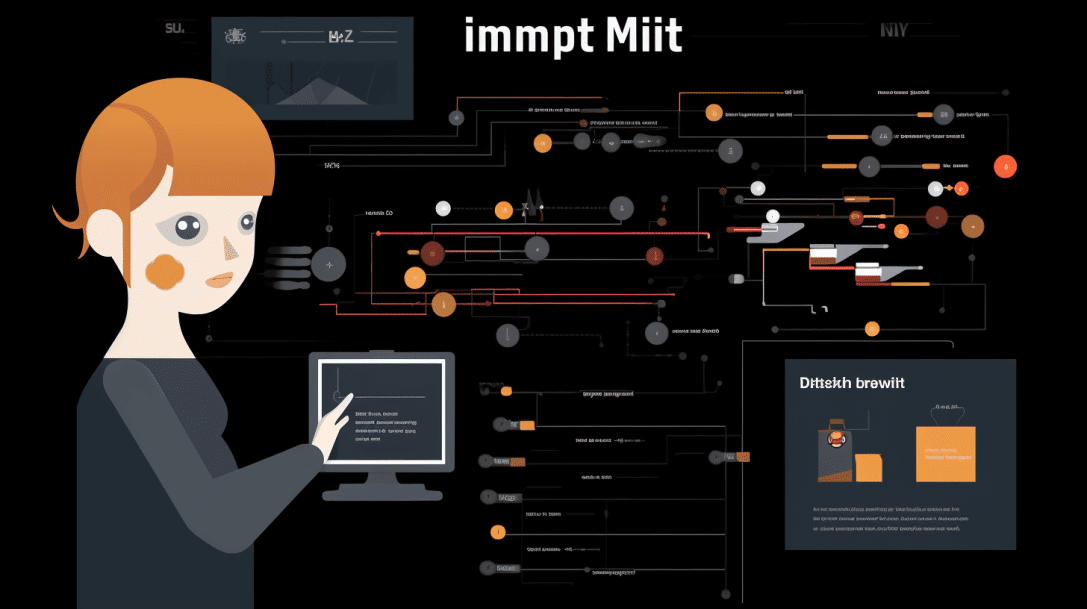Photo was created by Webthat using MidJourney
Unraveling GPT-4’s Advanced Abilities
GPT-4, the latest Large Language Model from OpenAI, is distinguished by its multimodal nature and transformer architecture, which enables it to mimic human-like natural language understanding. Its accomplishments include precise image descriptions, explanations of unusual visual phenomena, website development from handwritten text, and more. While the precise mechanism behind GPT-4’s exceptional performance remains elusive, researchers suspect that the model’s effectiveness can be attributed to the use of an advanced Large Language Model.
The Hypothesis and the Birth of MiniGPT-4
To delve deeper into the hypothesis surrounding GPT-4’s capabilities, a team of researchers has introduced MiniGPT-4. This open-source model aims to mimic the complex vision-language tasks performed by GPT-4. MiniGPT-4 employs an advanced Large Language Model called Vicuna, which is built upon LLaMA and achieves 90% of ChatGPT’s quality, as evaluated by GPT-4. By leveraging the pretrained vision component of BLIP-2, MiniGPT-4 aligns visual features with the Vicuna language model, thus enabling multimodal generation.
Impressive Performance of MiniGPT-4
MiniGPT-4 has exhibited remarkable performance across various vision-language tasks. It excels in identifying and providing solutions to problems based on image inputs. For instance, it can diagnose diseased plants, uncover unusual content in images, generate product advertisements, create detailed recipes from food photos, compose rap songs inspired by images, and extract factual information about people, movies, or art from images.
Training MiniGPT-4 for Enhanced Usability
Training MiniGPT-4 presents some challenges, as aligning visual features with LLMs using raw image-text pairs from public datasets may lead to repetitive phrases or fragmented sentences. To overcome this limitation, MiniGPT-4 requires training on a high-quality, well-aligned dataset, which enhances the model’s usability by generating more natural and coherent language outputs. The development team emphasizes the importance of leveraging a suitable dataset to achieve optimal performance.
Computational Efficiency and Training Requirements
One of MiniGPT-4’s notable advantages is its high computational efficiency. With just 10 hours of training on four A100 GPUs, it achieves impressive results. Moreover, MiniGPT-4 requires approximately 5 million aligned image-text pairs to train a projection layer, making it an accessible solution for researchers and developers. The availability of code, pre-trained models, and collected datasets further facilitates the adoption and exploration of MiniGPT-4.
Promising Potential of MiniGPT-4
MiniGPT-4’s emergence as a powerful model for complex vision-language tasks holds great promise. Its multimodal generation capabilities, coupled with its efficiency and training requirements, make it an attractive choice for various applications. As the open-source model continues to evolve, its potential for advancing vision-language tasks and further understanding the intricacies of large language models becomes increasingly evident.


